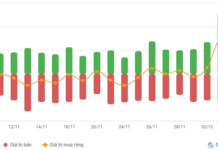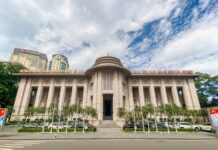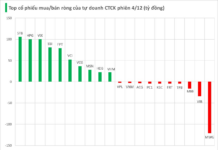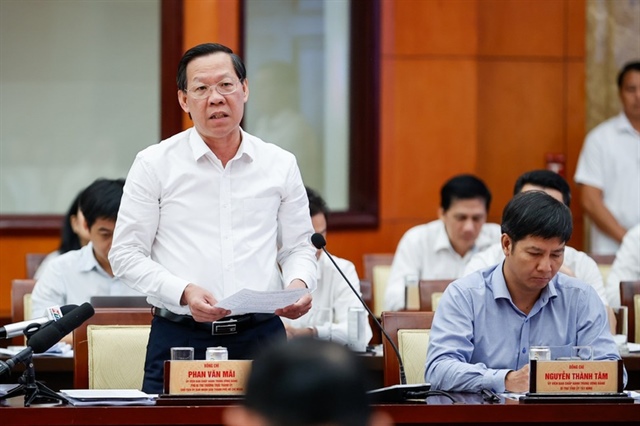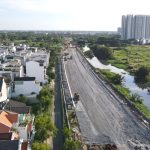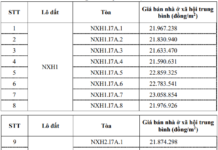According to Mr. Phan Van Mai, in implementing Conclusion 49 of the Politburo on the orientation of developing Vietnam’s railway transport by 2030, with a vision to 2045, the Ho Chi Minh City Party Committee has established a task force to build a proposal for the development of the city’s urban railway, inviting consulting organizations comprising domestic and foreign experts to contribute ideas to the proposal.
The main content of the proposal is that by 2030, Ho Chi Minh City will build an additional 183 km of urban railway, bringing the public transport capacity of the urban railway to 15-20%.
By 2045, the city will have an additional 168 km, bringing the total length of the urban railway to 352 km, with a public transport capacity of 40-50%. By 2060, the urban railway network of Ho Chi Minh City will be completed with a total length of 510 km, and the public transport capacity will reach 50-60%.
To implement this urban railway system, Mr. Mai acknowledged that Ho Chi Minh City has identified domestic capital and public investment as the main sources of funding. The city has determined the capital needs at different milestones: by 2035, the city will need about 36 billion USD; by 2045, 33 billion USD will be required; and by 2060, the figure will be 48 billion USD.
These funds will be mobilized from various sources: public investment from the city’s annual budget allocation, increased revenue, and cost savings; land fund exploitation; central support through key projects; and local government bond issuance, to be repaid from the city’s budget revenue.
“To implement this proposal, the city proposes to have superior mechanisms in developing the proposal, in site clearance, in capital mobilization, and in management,”
emphasized Mr. Mai, adding that without superior mechanisms and following the current public investment procedures, it would take the city 20 years to complete the 20-km Metro Line No. 1, and centuries to build 500 km.
Specifically, Ho Chi Minh City plans to submit to the National Assembly for the issuance of a resolution, which will include mechanisms and policies on planning, land retrieval, compensation and resettlement, capital mobilization, and project procedures.
Mr. Mai informed that the city has presented this proposal to the Executive Committee of the City Party Committee and the City People’s Council. Currently, the city is coordinating with Hanoi Capital and the Ministry of Transport to finalize the dossier, expected to be submitted to the National Assembly at the end of this year.
Three obstacles for the Ring Road 3 Ho Chi Minh City Project
Regarding the Ring Road 3 Ho Chi Minh City Project, Mr. Mai mentioned three obstacles: sand supply for construction volume; site clearance in four localities, with Dong Nai having the largest area; and the progress of some components. The localities where the project passes through have agreed to reassess and strive to ensure the progress, aiming for technical passage in January 2026 and project completion in the second quarter of 2026.
For the Ring Road 4 Ho Chi Minh City Project, in terms of site clearance, Mr. Mai said that Ho Chi Minh City will ensure its capital source, while the localities where the project passes through have proposed central support of 50%, with Long An requesting 75% support.
The Power of Lizen: Consistently Winning Massive Bids
Lizen has achieved a significant milestone by successfully deploying and implementing major high-speed construction projects in 2023. The company’s revenue has reached 2,030.5 billion VND, which is twice the amount compared to 2022. However, the post-tax profit has reached its lowest point in the past 6 years, dropping down to only 118.3 billion VND.




